
Picture this: an NBA game where every move, every shot, every defensive setup is meticulously calculated using data and analytics. Video analysis is changing the game in the NBA in unprecedented ways. That’s the world we live in now, where every move, every shot, every defensive setup is meticulously calculated using data and analytics, showing how video analysis is changing the game in the NBA in unprecedented ways.
But how did we get here, and what does it mean for the future of the sport? Let’s dive in and explore this fascinating topic.
The Impact of Video Analysis on NBA Strategies
Data analytics has had a profound impact on the NBA, changing the way teams approach the game. Coaches and players now rely on video analysis to identify key actions and develop winning strategies. This shift in focus has led to the rise of the three-point shot, improved defensive adjustments, and advancements in scouting and player development.
But how exactly has video analysis contributed to these changes in the basketball game? Let’s break it down and examine how teams have embraced this technology to gain a competitive edge.
Rise of the Three-Point Shot
The three-point shot has become a cornerstone of modern basketball, and video analysis has played a significant role in this shift. Data analysts found that long-range two-point shots were inefficient compared to three-pointers, which offer a 50% return on the extra point at the 3-point line. The simple math showed that taking more three-point shots would result in more points per game.
This revelation led to a surge in three-point attempts. In the 2017-2018 season, the Houston Rockets set the all-time record for the number of three-pointers taken in a single season. Teams across the league followed suit, embracing the three-point shot as a critical component of their offensive strategy.
Defensive Adjustments
Video analysis has also transformed the way teams approach defense. By analyzing footage, coaching staff can identify which players are most effective at blocking certain types of shots and exploit opponents’ weaknesses more easily. This data-driven approach has led to greater focus on individual player habits and matchups, allowing teams to make more precise defensive adjustments.
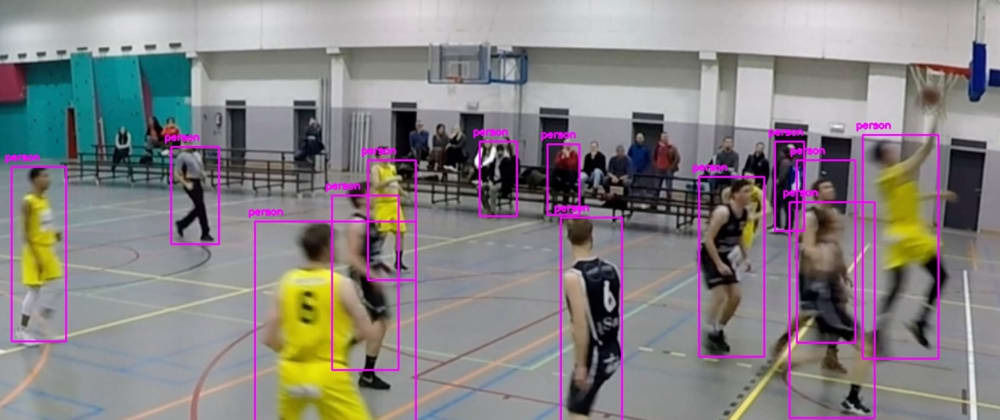
Furthermore, video analysis helps coaching staff prepare for upcoming matches by using video clips and studying opponents’ tendencies and strategies. This information enables them to devise defensive game plans tailored to counter the specific threats posed by each team they face.
Scouting and Player Development
Video analysis has revolutionized scouting and player development in the NBA. Coaches and scouts now have a much clearer picture of players’ strengths and weaknesses, allowing them to make smarter decisions when assessing talent and making draft picks. Additionally, detailed feedback on player performance helps identify areas for improvement, resulting in more targeted training and skill enhancement.
By using video analysis to spot talent that may have been missed by traditional scouting methods, NBA teams have been able to uncover hidden gems and develop them into key players. This fusion of technology and coaching expertise has elevated the level of play across the league.
The Role of Data Analytics in Injury Prevention and Management
Injuries are an unfortunate reality in professional sports, but video analysis has proven valuable in helping NBA teams predict and manage player injuries. By monitoring player workload and tracking recovery progress, teams can make informed decisions about when a player is ready to return to the court.
Let’s take a closer look at how video analysis has been employed to identify injury patterns, monitor player workload, and aid in rehabilitation and recovery.
Identifying Injury Patterns
Data analytics can provide insights into potential injury risks and trends by examining player performance and injury history. By identifying patterns in this data, teams can gain a better understanding of what causes injuries and how to prevent them.
For example, an analysis of the NBA database from 1988-1989 to now has been done to understand injury patterns in elite athletes over time. This information helps teams spot signs of possible future injuries, allowing them to proactively address potential issues and improve player safety.
Monitoring Player Workload
NBA teams use data analytics to track player movements and physical effort during games and practices. By monitoring these metrics, teams can spot when players are in danger of being fatigued or injured, and adjust their workload accordingly.
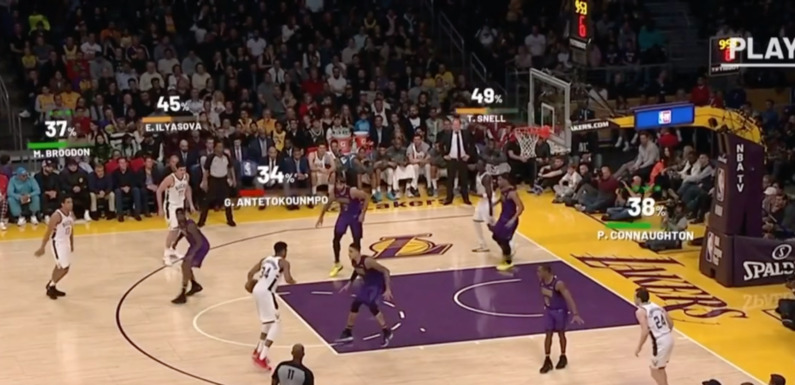
This data-driven approach to monitoring player workload not only helps prevent injuries but also ensures that players are performing at their best. By keeping a close eye on player health and fatigue, teams can make adjustments to their lineups and game plans, ensuring that players remain fresh and ready to contribute on the court.
Rehabilitation and Recovery
Video analysis plays a crucial role in designing tailored recovery programs for injured players. Data on player performance and injury history informs rehab and recovery plans, helping teams make informed decisions about when a player is ready to return to action.
Moreover, wearable tech is used to monitor player health and fatigue during the recovery process. Data-tracking cameras also provide insights into player performance during rehabilitation, allowing coaching staff to adjust recovery plans as needed. This combination of technology and expert knowledge ensures a more efficient and effective recovery process for injured players.
Pioneers of Data-Driven Basketball
As with any technological advancement, there have been key figures and teams at the forefront of embracing video analysis in the NBA. Daryl Morey, the general manager of the Houston Rockets, is considered a pioneer of data-driven basketball, with his team achieving considerable success by leveraging analytics.
Let’s take a closer look at some of the trailblazers who have shaped the landscape of data-driven basketball, and the impact their innovations have had on the game.
Daryl Morey and the Houston Rockets
Under Daryl Morey’s leadership, the Houston Rockets have become synonymous with data-driven basketball. Morey’s data-driven approach has helped the Rockets make informed decisions about players, game plans, and player growth, as well as identify and address weaknesses in their squad.

However, the Rockets’ reliance on data-driven strategies has also attracted criticism, with some arguing that their play style is too predictable and lacks creativity. Despite the controversy, the Rockets’ success under Morey’s stewardship is a testament to the potential of data-driven basketball in the NBA.
Golden State Warriors and their Three-Point Dominance
The Golden State Warriors, led by Stephen Curry, have made their mark on the NBA with their three-point dominance. The Warriors used video analysis to revamp their offense, focusing heavily on the three-point shot.
This data-driven approach has paid off handsomely for the Warriors, who have won multiple NBA championships in recent years. Their success has inspired other teams to adopt similar strategies, further solidifying the influence of video analysis on the league.
Future Innovators
As the NBA continues to evolve, new innovators are emerging who push the boundaries of video analysis in basketball. Companies like Cerebro Sports and the NBA Launchpad are working on data-driven basketball video innovations.
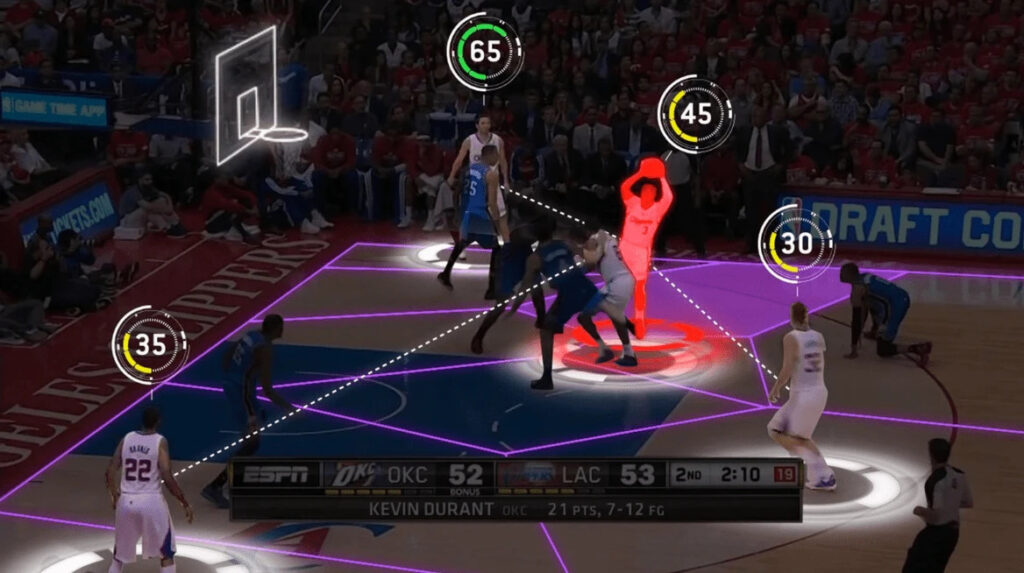
These future innovators are poised to further revolutionize the game, discovering new ways to leverage data and technology to gain a competitive advantage. As video analysis becomes more sophisticated, we can expect even greater insights and advancements in the sport.
The Technology Behind Video Analysis in the NBA
To gain the insights that have transformed the game, NBA teams rely on a range of cutting-edge tools and software. From camera systems that capture every movement on the court to powerful analytical platforms that process and visualize the data, these technologies have been instrumental in the rise of data-driven basketball.
Let’s explore the technology that makes video analysis in the NBA possible.
Camera Systems and Player Tracking
The NBA uses Second Spectrum tracking cameras (previously SportVU) and Hawk-Eye 3D optical tracking system technology to capture player and ball movement in real-time in 3D. These cameras feed the data into their own software, where computer vision algorithms extract positional data for all players and the ball.
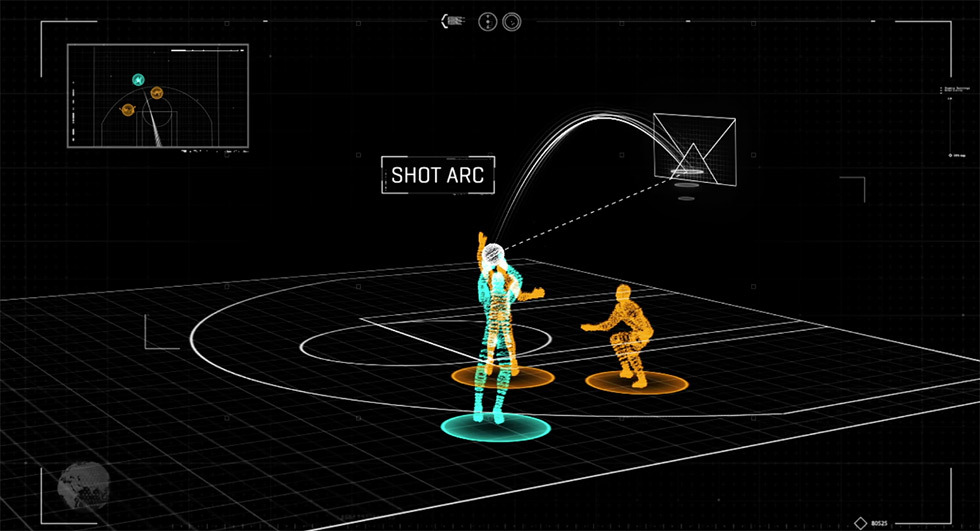
Players also wear a cell-phone-sized device between their shoulders that records their every movement and heart rate. The combination of camera systems and player tracking technology provides accurate and detailed information on player and ball movement.
This data helps teams spot trends and patterns in player performance and make more informed decisions about player development and team strategies.
Analytical Software and Platforms
NBA teams utilize various analytical software and platforms for basketball video analysis, such as iSportsAnalysis, Spiideo, Once, and KINEXON Basketball. These tools offer features like automatic video tagging, advanced analytics, and real-time data visualization.
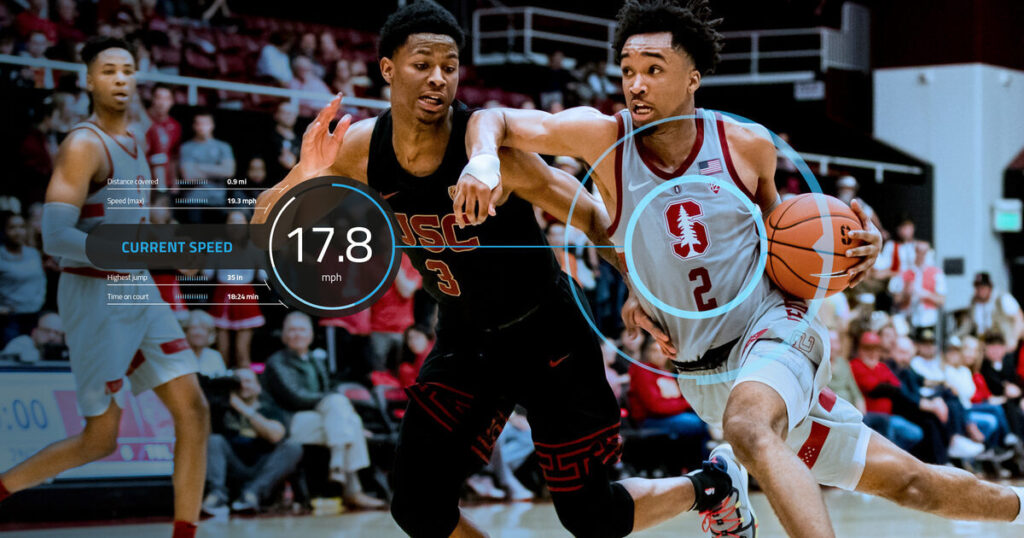
The use of these analytical software and platforms not only streamlines the process of video analysis, but also helps teams make better decisions, increase efficiency, save time and improve player performance. However, there are potential downsides, such as data overload and the need for specialized personnel to interpret the data.
Integrating Data with Coaching Practices
Coaches play a critical role in harnessing the insights derived from video analysis. By combining data-driven insights with their own experience and intuition, coaches can devise effective game plans and make strategic adjustments.
However, striking the right balance between analytics and intuition is essential. While data can provide valuable information on player performance, it’s important not to overlook qualitative factors such as player chemistry, team dynamics, and the emotional state of players. By incorporating both quantitative and qualitative data into their decision-making, coaches can create a winning formula for success in the NBA.
The Debate: Pros and Cons of Data-Driven Basketball
As with any paradigm shift, the rise of data-driven basketball in the NBA has sparked debate about its merits and drawbacks. Some argue that relying heavily on video analysis can lead to a more predictable, less exciting game, while others contend that it allows teams to make more informed decisions and improve overall performance.
Let’s examine the criticisms and potential downsides of data-driven basketball and consider ways to address these concerns.
Predictability and Loss of Creativity
One concern about data-driven basketball is that it can lead to predictability and a loss of creativity on the court. By basing decisions on statistical models, teams may adopt similar strategies, resulting in a less diverse and exciting game.
To counter this issue, teams can use data-driven strategies to supplement, not substitute, traditional basketball strategies. By emphasizing the importance of creativity and spontaneity in the game, teams can strike a balance between the insights derived from data and the unpredictability that makes basketball so thrilling.
Overemphasis on Quantitative Data
Another potential drawback of data-driven basketball is the overemphasis on quantitative data, which can lead to undervaluing qualitative aspects of player performance and team dynamics. Focusing solely on numbers can stifle creativity and hinder the exploration of new ideas and strategies.
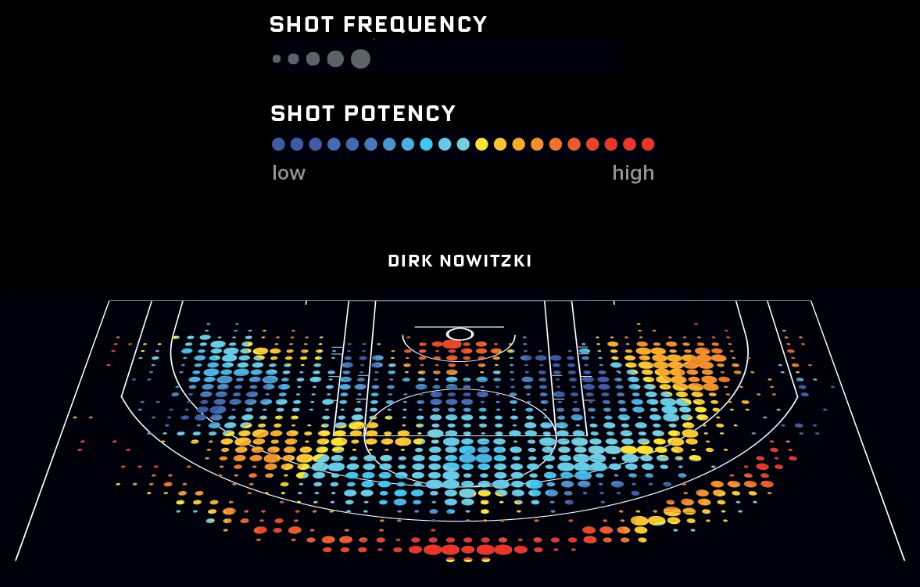
To address this issue, teams can incorporate qualitative data into their analysis, such as player chemistry and team dynamics, and use analytics to inform—not dictate—decisions. This approach acknowledges the value of both quantitative and qualitative data, ensuring a more comprehensive understanding of the game.
Balancing Analytics with Intuition
The key to success in data-driven basketball lies in striking a balance between analytics and intuition. By combining data insights with coaching instincts and experience, teams can make decisions based on both facts and feelings.
By acknowledging the importance of intuition and incorporating it into their decision-making process, coaches and players can ensure they are making the best possible choices for their team’s success. Ultimately, finding the right balance between analytics and intuition is crucial for achieving success in the rapidly evolving world of data-driven basketball.
Summary
Video analysis has undeniably transformed the NBA, giving rise to new strategies, improved player performance, and a deeper understanding of the game. While data-driven basketball has its critics, the key to success lies in striking the right balance between analytics and intuition.
By embracing the insights derived from video analysis while maintaining the creativity and unpredictability that make basketball so captivating, teams can continue to push the boundaries of the sport and delight fans around the world.
Frequently Asked Questions
How are analytics used in the NBA?
Analytics play a big role in the NBA, with teams utilizing data and technology to make informed decisions. Analytics are used to track player performance, identify statistical trends, develop better game strategies, and identify potential trade partners.
Coaches and players alike use analytics to gain an edge over their competition and maximize the performance of their teams.
Sources
1. isportsanalysis.com – Basketball Video Analysis Software
2. once.de – Basketball video analysis with Once Video Analyser
3. towardsdatascience.com – NBA Data Analytics: Changing the Game
4. d3.harvard.edu – How data analytics is revolutionizing the NBA





